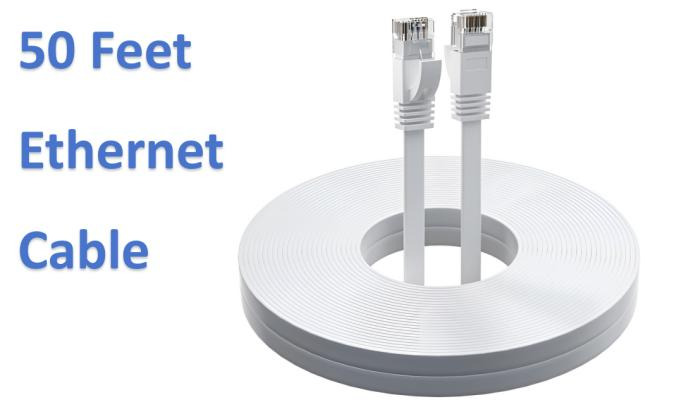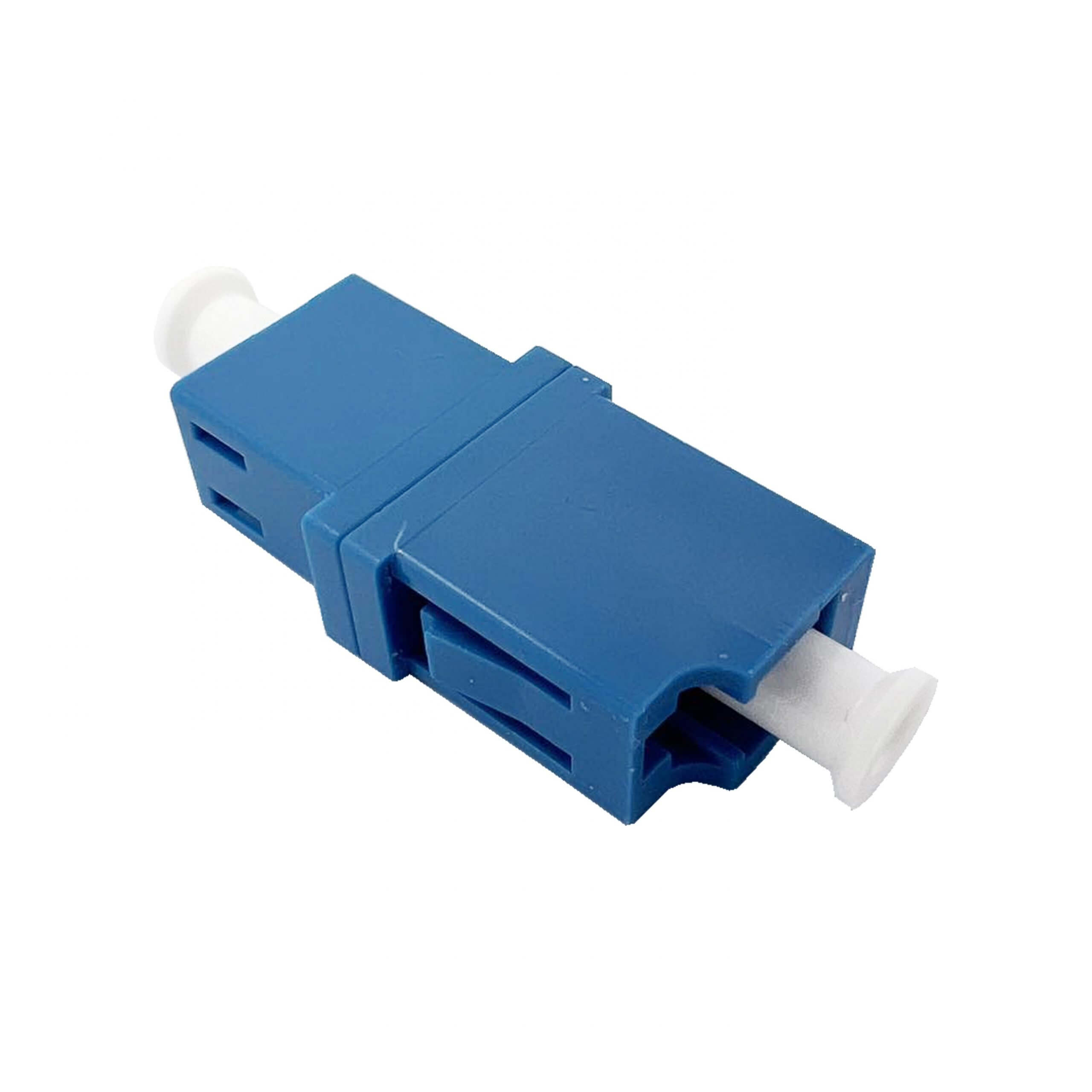XG-PON and XGS-PON
In the PON technology system, XG-PON and XGS-PON are both regarded as the next-generation evolution technologies of GPON. Although they have similar names, there are significant differences in terms of speed, cost, and application scenarios. Let’s first take a look at the basic technical characteristics descriptions of XG-PON and XGS-PON.
PON Technology Definition
The XG-PON technology is defined in the ITU-T G.987 series standards:
Rate: Downstream rate is 9.953 Gbit/s, upstream rate is 2.488 Gbit/s;
Wavelength: Downstream central wavelength is 1577 nm, upstream central wavelength is 1279 nm;
The XGS-PON technology is defined in the ITU-T G.9807.1 standard:
Rate: Downstream rate is 9.953 Gbit/s, upstream rate is 9.953 Gbit/s;
Wavelength: Downstream central wavelength is 1577 nm, upstream central wavelength is 1279 nm;
| Parameters | XG-PON | XGS-PON |
| Standard organization | ITU-T G.987 | ITU-T G.9807.1 |
| Downlink rate | 9.953Gbit/s | 9.953Gbit/s |
| Uplink rate | 2.488 Gbit/s | 9.953Gbit/s |
| Wavelength (Tx/Rx) | 1577 nm/1270nm | 1577 nm/1270nm |
| Split ratio | 1:128~1:256 | 1:128~1:256 |
| Modulation method | NRZ | NRZ |
| Typical application scenarios | Asymmetric high bandwidth, such as for individual users | Symmetric high bandwidth, such as for enterprise dedicated lines |
Advantages and Disadvantages of XG-PON
Advantages:
- High bandwidth: XG-PON offers a downlink rate of up to approximately 10 Gbps and an uplink rate of approximately 2.5 Gbps, which can meet the bandwidth requirements of most current high-bandwidth applications.
- Downward compatibility: XG-PON can coexist with GPON wavelength division and utilize the existing ODN network, reducing the upgrade cost.
- Multi-service support: It supports various service types, including data, voice, and video, suitable for multiple application scenarios.
- Mature technology: XG-PON technology is mature and widely applied, with good stability and reliability.
Disadvantages:
- Lower upstream rate: Compared to XGS-PON, the upstream rate of XG-PON is lower and cannot meet the requirements of some applications that have high demands on upstream bandwidth.
- Asymmetric design: The design of XG-PON is asymmetric and is not applicable in some scenarios with symmetrical bandwidth requirements.
Advantages and Disadvantages of XGS-PON
Advantages:
- Symmetrical Bandwidth: XGS-PON offers symmetrical uplink and downlink rates of approximately 10 Gbps, which is suitable for applications requiring high bidirectional bandwidth, such as high-definition video conferencing and enterprise applications.
- High Bandwidth: Similar to XG-PON, XGS-PON also provides a downlink rate of approximately 10 Gbps, meeting high bandwidth requirements.
- Downward Compatibility: XGS-PON can coexist with GPON and XG-PON (with GPON being wavelength division and with XG-PON being time division). Utilizing the existing ODN network, it reduces the upgrade cost.
- Multi-service Support: Supports various service types, including data, voice, video, games, AR/VR, etc., suitable for more diverse application scenarios.
Disadvantages:
- Higher cost: Due to the symmetrical design and high bandwidth characteristics of XGS-PON, the equipment cost may be relatively higher. Especially for the upstream, it requires that the upstream transmitter of each ONU to reach 10G, which naturally makes the cost larger compared to the 2.5G of XG-PON.
- Technological maturity: Although XGS-PON technology is relatively mature, compared to XG-PON, its market application is not yet widespread.
In summary, both XG-PON and XGS-PON have their own advantages and disadvantages. The choice of which technology to use depends on the specific application scenario and requirements. If a high downlink bandwidth is needed and the uplink bandwidth requirement is not high, XG-PON is a good choice; if symmetrical high bandwidth is required, XGS-PON is more suitable.








